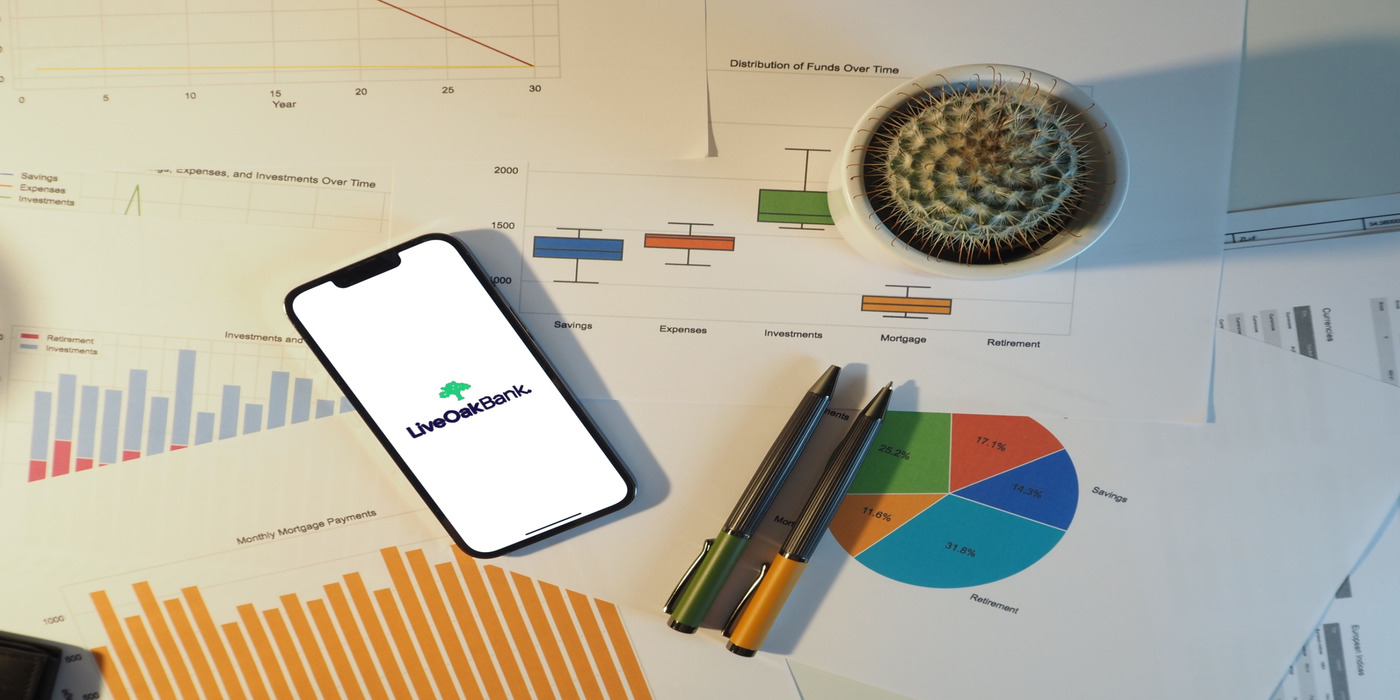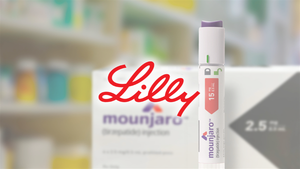
Digital small business lender Live Oak Bancshares (NYSE: LOB) fell short of the market’s revenue expectations in Q1 CY2025, but sales rose 6.4% year on year to $126.1 million. Its non-GAAP profit of $0.26 per share was 28.5% below analysts’ consensus estimates.
Is now the time to buy LOB? Find out in our full research report (it’s free).
Live Oak Bancshares (LOB) Q1 CY2025 Highlights:
- Revenue: $126.1 million vs analyst estimates of $130.1 million (6.4% year-on-year growth, 3.1% miss)
- Adjusted EPS: $0.26 vs analyst expectations of $0.37 (28.5% miss)
- Market Capitalization: $1.27 billion
StockStory’s Take
Live Oak Bancshares’ first quarter was marked by continued growth in both lending and deposit activities, despite missing Wall Street’s revenue and profit expectations. Management attributed the positive market reaction to robust loan production, expanding business checking accounts, and effective cost control. Chief Financial Officer BJ Losch emphasized, “Our checking balances stood at $279 million at quarter end, more than four times the levels of just one year ago.” Leadership also noted that nearly one-third of the loan portfolio is government guaranteed, reinforcing the bank’s credit quality focus. However, profitability remained pressured by elevated loan loss provisioning as the bank navigates a challenging small business credit environment.
Looking forward, management expects strong loan and deposit growth to continue, supported by initiatives such as Live Oak Express and a deeper focus on primary checking relationships. While leadership expressed optimism around technology-driven process improvements and competitive positioning due to recent SBA rule changes, caution persists due to ongoing macroeconomic uncertainty and the small business credit cycle. Chief Credit Officer Michael Cairns described his outlook as “cautiously optimistic,” pointing to low past dues and stable reserve levels but recognizing the potential impact of tariffs and inflation. Management remains focused on proactive credit risk management and leveraging its diversified loan portfolio to navigate evolving industry conditions.
Key Insights from Management’s Remarks
Management highlighted that first quarter results were driven by strong loan originations, expanded deposit relationships, and resilience in the face of regulatory changes affecting SBA lending.
- Loan production reached new highs: The bank achieved its largest ever first-quarter loan originations, with $1.4 billion produced, driven by both small business and commercial lending teams. This growth was supported by disciplined pricing and a healthy loan pipeline, according to Walt Phifer, Chief Banking Officer.
- Business checking balances expanded rapidly: Non-interest-bearing checking account balances rose 31% sequentially, supporting margin stability and deepening customer engagement. Management views these relationships as critical for long-term funding stability and improved insight into borrower cash flows.
- Government-guaranteed lending a key strength: Approximately 33% of the loan portfolio is government guaranteed, providing a buffer against credit losses. CFO BJ Losch noted that this diversification distinguishes Live Oak Bancshares from peers and reduces risk during uncertain times.
- Elevated loan loss provisioning continues: Provision expenses remained high due to ongoing growth and the need to build reserves in anticipation of potential credit deterioration. Management described this as “good provision,” reflecting new loan growth rather than deteriorating credit quality, though they remain cautious given the uncertain economic backdrop.
- SBA regulatory changes create opportunities: Management believes recent reversals of SBA rule changes—such as the return of small borrower fees and stricter underwriting—will benefit Live Oak Bancshares by raising barriers to entry for less established competitors. The company’s longstanding experience with full underwriting and automation positions it to adapt efficiently, while some fintech lenders may exit or scale back.
Drivers of Future Performance
Live Oak Bancshares’ outlook centers on sustained lending momentum, deposit growth, and adapting to evolving SBA and economic conditions.
- Macroeconomic and credit cycle risks: Leadership remains vigilant about potential headwinds from inflation, tariffs, and lingering effects from pandemic-era policy changes. Chief Credit Officer Michael Cairns said, “I don’t think we’re out of the woods but [I’m] cautiously optimistic about where we’re at,” noting ongoing monitoring of sectors sensitive to government actions.
- Technology-driven efficiency gains: Investments in automation and next-generation platforms, particularly for small-dollar SBA loans, are expected to offset rising compliance and underwriting costs. CFO BJ Losch highlighted that automation will help maintain profitability in the face of stricter underwriting requirements.
- Competitive positioning amid SBA rule changes: Management sees an advantage as new SBA requirements may force less established or fintech lenders to scale back. Live Oak Bancshares, with its full underwriting capabilities and technology investments, expects to capture additional market share as competitors exit or reduce activity.
Catalysts in Upcoming Quarters
In the coming quarters, the StockStory team will be monitoring (1) trends in loan origination and deposit growth, especially in the context of shifting SBA rules, (2) the pace at which automation and new technology platforms improve efficiency and underwriting speed, and (3) the impact of macroeconomic factors such as inflation and tariffs on small business borrowers. We will also pay close attention to any shifts in competitive dynamics as fintech and non-traditional lenders adjust to regulatory changes.
Live Oak Bancshares currently trades at $28.77, up from $24.63 just before the earnings. Is the company at an inflection point that warrants a buy or sell? The answer lies in our full research report (it’s free).
Stocks That Trumped Tariffs
The market surged in 2024 and reached record highs after Donald Trump’s presidential victory in November, but questions about new economic policies are adding much uncertainty for 2025.
While the crowd speculates what might happen next, we’re homing in on the companies that can succeed regardless of the political or macroeconomic environment. Put yourself in the driver’s seat and build a durable portfolio by checking out our Top 6 Stocks for this week. This is a curated list of our High Quality stocks that have generated a market-beating return of 183% over the last five years (as of March 31st 2025).
Stocks that made our list in 2020 include now familiar names such as Nvidia (+1,545% between March 2020 and March 2025) as well as under-the-radar businesses like the once-micro-cap company Kadant (+351% five-year return). Find your next big winner with StockStory today.







